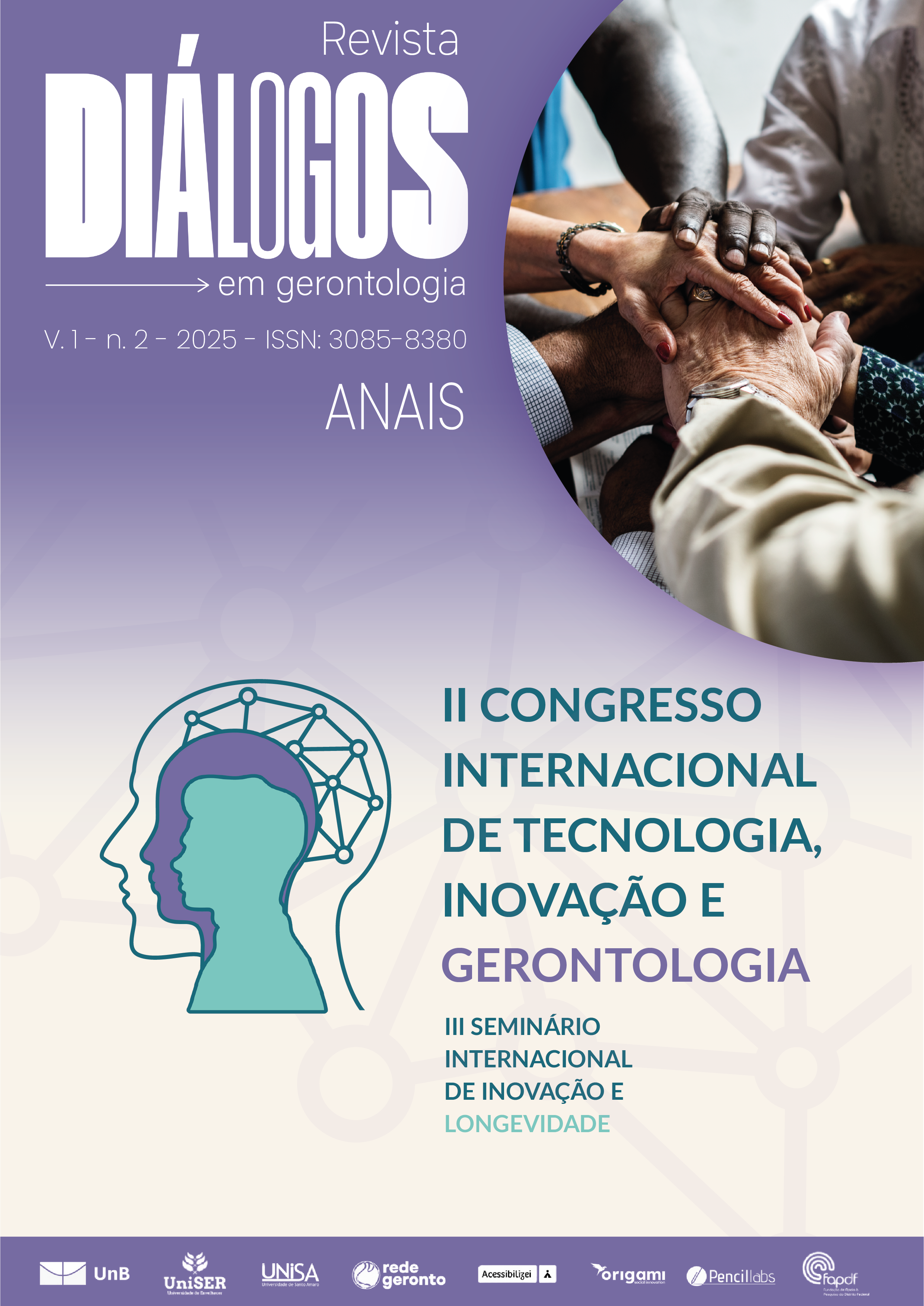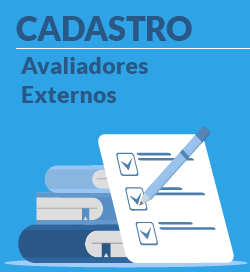RELATIONSHIP BETWEEN THE TUG TEST AND CALF CIRCUMFERENCE IN ELDERLY INDIVIDUALS FROM MANAUS, BRAZIL
Resumo
Background: As age advances, a significant decline in muscle volume and physical capacities is observed among older adults. Studies have shown a strong positive correlation between calf circumference and muscle mass, the reduction of which is a characteristic feature of sarcopenia. However, there is a need for more comprehensive parameters that take overall functionality into account. Purpose: To investigate the correlation between calf circumference and performance in the Timed Up and Go (TUG) test among elderly individuals. Hypothesis: It is hypothesized that there is an inverse correlation between TUG test duration and calf circumference, that is, greater calf circumference would be associated with shorter TUG completion times, reflecting better physical functionality. Justification: Functional assessment in older adults requires methods that are quick, practical, and easy to apply. The combination of calf circumference measurement and the TUG test emerges as a feasible alternative, as both are simple, low-cost, and non-invasive tools for assessing functional parameters, particularly in settings with limited resources. Methods: A total of 232 elderly individuals were evaluated. The Shapiro-Wilk test was used to assess normality, followed by Spearman’s correlation test to analyze the relationship between variables. Results: The analysis revealed a negative, statistically significant, but weak, correlation (r = -0.215) between TUG test time and calf circumference. Conclusion: Although the correlation was weak, it was statistically significant, suggesting that calf circumference may be relevant in the functional assessment of older adults. Further studies are recommended to deepen the understanding of these findings and explore their clinical applicability.
Downloads
Publicado
Edição
Seção
Licença
Copyright (c) 2025 Revista Diálogos em Gerontologia

Este trabalho está licenciado sob uma licença Creative Commons Attribution-NonCommercial 4.0 International License.
A Revista oferece acesso livre e imediato ao seu conteúdo, em consonância com o princípio de que tornar o conhecimento científico amplamente disponível contribui para a democratização do saber. Os(as) autores(as), ao submeterem seus trabalhos, declaram-se detentores(as) dos direitos autorais e autorizam seu uso livre, desde que sem fins comerciais, com obrigatoriedade de atribuição de crédito apropriado à autoria original. Os conteúdos podem ser lidos, baixados, copiados, distribuídos e impressos, conforme os termos da licença Creative Commons Atribuição-NãoComercial 4.0 Internacional (CC BY-NC 4.0).





